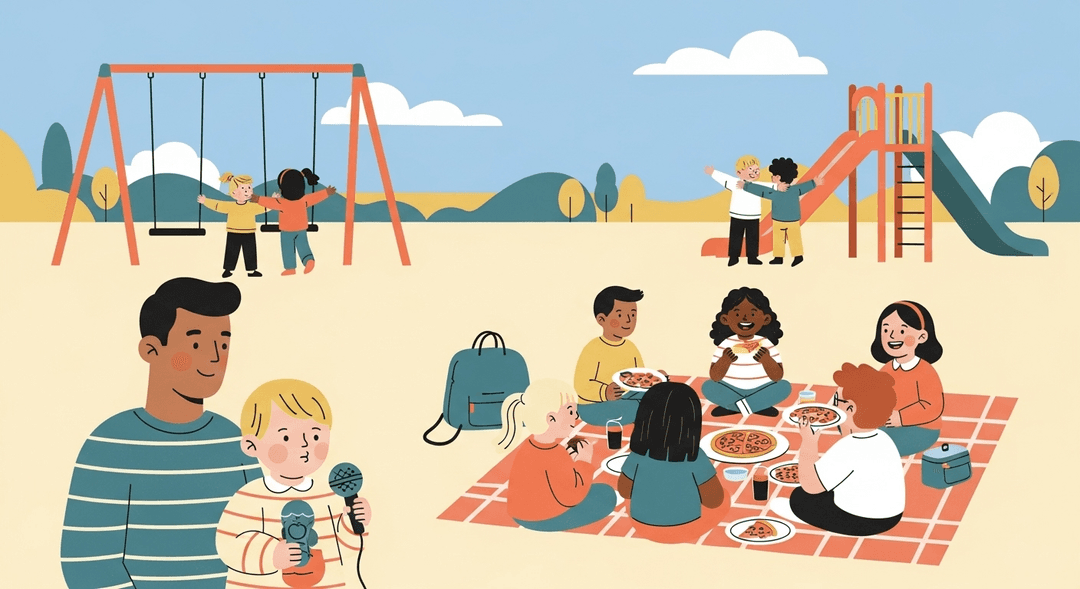Discourage Gossip and Exclusionary Behavior
So your kiddo just came home wielding the latest playground drama like a tiny, sticky tabloid reporter, and now you’re wondering if you’re raising the next Perez Hilton. If you’ve ever had to decode the phrase 'She can’t sit with us' or witnessed the emotional whiplash of preschool cliques, this one’s for you. We’re talking about teaching kids to be the friend-makers, not the gatekeepers—because let’s face it, we all want fewer Mean Girls moments and more ‘everyone’s invited’ pizza parties.
Teaching kids to include others and avoid gossip boosts their empathy circuits, strengthens emotional regulation, and sets them up for healthier friendships. For parents, it’s a fast track to less drama and fewer 'I don’t want to go to school' mornings. Kids who practice inclusivity develop stronger social bonds, higher self-esteem, and a more flexible brain when it comes to understanding others’ perspectives.
How to do it
-
Narrate your own inclusive behaviors out loud. For example, say, “Let’s see if anyone wants to join us!” This models inclusive thinking for your child.
-
When your child reports gossip or exclusion, pause and ask, “How do you think they felt?” This encourages empathy and helps your child consider others’ perspectives.
-
Role-play inviting others to play. Use silly voices to make the activity fun and engaging, helping your child practice inclusive language in a low-pressure way.
-
Celebrate when your child shows kindness, even in small ways. For instance, say, “That was awesome sharing your crayons!” Positive reinforcement encourages more inclusive behavior.
-
If you catch exclusion happening, gently redirect the situation. Ask, “What could we say to make them feel welcome?” This helps your child think of ways to include others.
Key Tips:
- Narrate your actions to model inclusivity.
- Use open-ended questions to build empathy.
- Make practice fun with role-play and humor.
- Recognize and praise even small acts of kindness.
- Guide your child to find welcoming words and actions.
Taking these steps helps children learn and practice inclusive behaviors in everyday situations.
